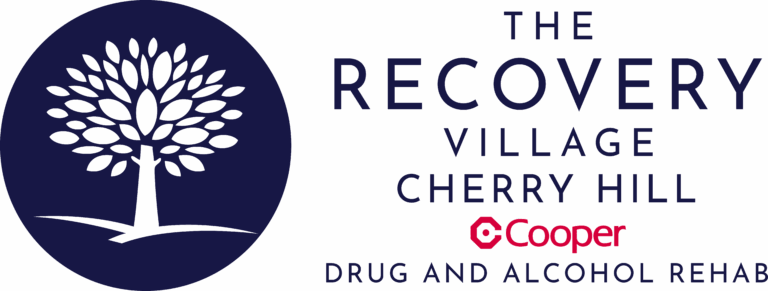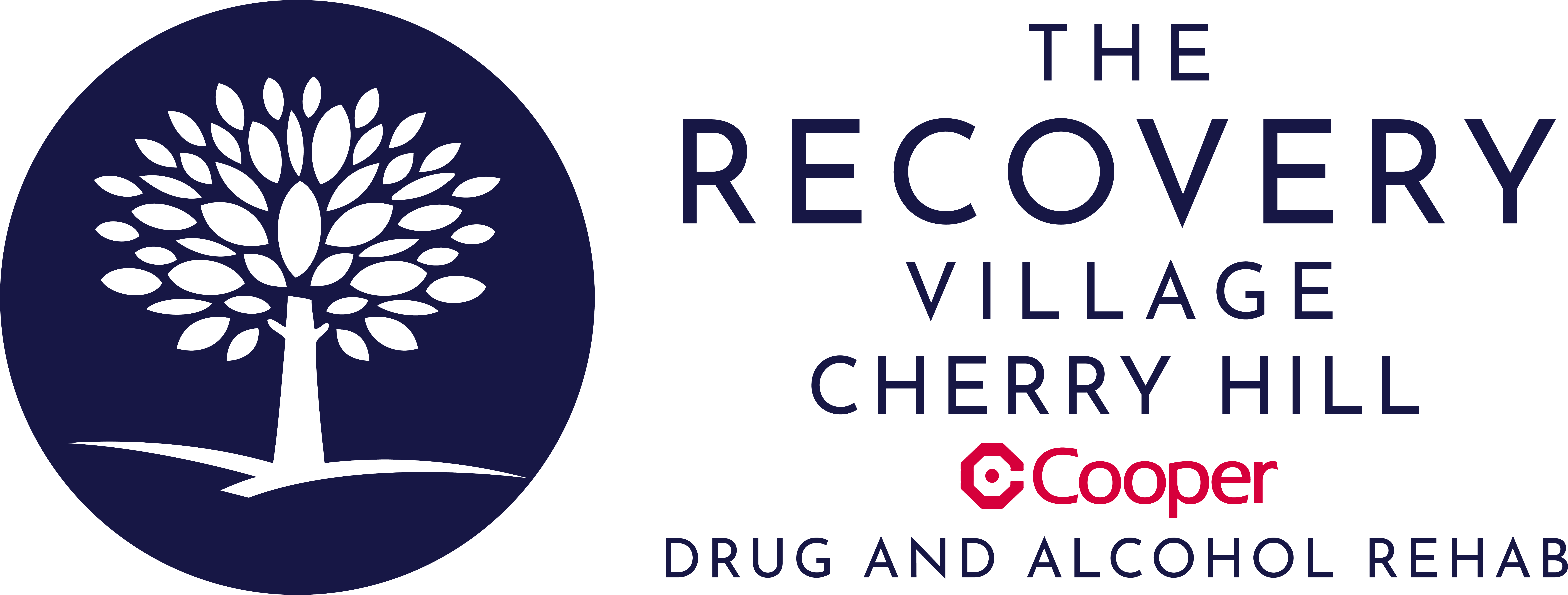Key Points
- Ongoing research continues to explore new medication options and more personalized treatments involving opioid blockers.
- Medications that prevent opioids from working usually do so by binding to opioid receptors and blocking opioids from attaching.
- These drugs can assist in treating substance use disorders, mitigating certain opioid-related side effects, and serving as emergency interventions for overdoses.
- There are several kinds of opioid antagonists on the market, but most require a prescription.
- Opioid-blocking therapies have proven effective, though they may have side effects or contraindications.
An Overview: Opiate Blockers
Opiate blockers, also referred to as opioid antagonists, are pharmaceuticals that attach to the same receptors in the brain that opioids typically occupy. Under normal circumstances, opioids bond to these receptors and produce effects like euphoria, pain relief, and respiratory depression. However, opiate blockers “sit” on these receptors without activating them, thereby preventing opioids from delivering their usual impact.
Why Are Opioid-Blocking Medications Beneficial?
Opiate-blocking drugs offer a variety of benefits and can be life-saving in critical situations. They also play a vital role in long-term recovery for individuals with opioid use disorders. Notable advantages include:
- Reducing Potential for Misuse: In some pain medication formulations, an opioid blocker is included as a safeguard. When used correctly, this blocker remains inactive. However, if someone tries to misuse the medication (for example, by crushing and injecting it), the blocker can prevent the typical euphoric sensation, thereby limiting abuse potential.
- Reversing Overdoses: Medications like naloxone (Narcan) promptly counteract dangerous overdose effects such as respiratory depression and loss of consciousness by dislodging opioids from receptor sites.
- Supporting Ongoing Recovery: Products such as naltrexone (Vivitrol, Revia) diminish cravings and reduce the pleasurable effects of opioids, helping individuals remain sober by eliminating the “reward” associated with substance misuse.
- Managing Opioid-Related Side Effects: Certain drugs target opioid receptors located in the digestive system, relieving common side effects like constipation without sacrificing pain control.
Potential Dangers and Considerations
Although opiate blockers can be invaluable in treating overdoses and aiding recovery, they are not without risks. A few important considerations include:
- Heightened Overdose Risk Post-Treatment: As tolerance decreases during a period of sobriety or while on an opioid antagonist, returning to a previously tolerated dose can result in an overdose because the body is no longer accustomed to that level.
- Withdrawal Symptoms: When individuals who have developed a physical dependence on opioids receive these blocking agents, they can experience sudden, intense withdrawal.
- Decreased Pain Management: In patients who genuinely require opioids to control severe or chronic pain, blocking medications may render painkillers less effective.
Common Types of Opiate-Blocking Medications
Several prescription medications function as opioid antagonists, each tailored for specific treatment purposes:
Recovery Can Be Life Changing
Whether you or a loved one is struggling with addiction, our expert team is here to guide you every step of the way. Don’t wait— reach out today to take the first step toward taking control of your life.
“My life has became something that I’m proud of and something I can be grateful for.“
– Joseph McDermott, The Recovery Village Cherry Hill Alumni
- Naloxone (Narcan, Evzio): Commonly administered via injection or nasal spray to quickly reverse an opioid overdose, naloxone pushes opioids off the receptors, rapidly restoring breathing and consciousness.
- Naltrexone (Vivitrol, Revia): Available as a daily pill or a monthly injection, naltrexone helps prevent relapse by blocking opioids’ pleasurable effects. It also addresses alcohol dependence by reducing cravings.
- Methylnaltrexone (Relistor): Designed to alleviate opioid-induced constipation, methylnaltrexone targets the receptors in the gut without reducing the pain relief provided by opioids.
- Naloxegol (Movantik): Similar to methylnaltrexone, this oral medication tackles opioid-related constipation by working primarily within the gastrointestinal tract, minimizing any impact on pain control.
- Alvimopan (Entereg): Typically prescribed after bowel surgery to encourage a quicker return to normal gastrointestinal function, alvimopan acts on peripheral opioid receptors without affecting central pain relief.
Two additional medications often arise in discussions about opioid-use treatments, although they are not purely antagonists:
- Buprenorphine (Sublocade, Butrans, Subutex): Classified as a partial opioid agonist, buprenorphine can help address both acute and chronic pain as well as OUD. It mitigates cravings and withdrawal symptoms with fewer intoxicating effects, allowing a clearer path toward recovery.
- Methadone (Dolophine, Methadose): This long-acting opioid helps manage withdrawal symptoms and cravings in individuals with Opioid Use Disorder (OUD). It is usually taken in tablet or liquid form and does not create the euphoric high associated with other opioids.
Are Opioid Antagonists Safe To Use?
Opioid-blocking medications are crucial in preventing overdose deaths and supporting rehabilitation, but all medications come with potential side effects. Though symptoms like drowsiness, nausea, vomiting, and constipation are possible, the benefit these drugs provide often outweighs these discomforts.
A more serious concern is precipitated withdrawal, which can occur if someone dependent on opioids suddenly receives an antagonist. Signs may include yawning, excess tearing, runny nose, increased breathing rate, and elevated body temperature. In emergencies, opiate blockers can induce abrupt withdrawal, which is distressing and potentially risky.
For these reasons, the U.S. Food and Drug Administration (FDA) stresses careful prescribing practices and emphasizes balancing the need for effective treatment against the dangers of undertreatment. They also recommend frequent reassessment and thorough patient education to reduce risks.
What Lies Ahead for Opioid-Blocking Treatments
Despite the success of opioid-blocking strategies, many experts believe there is still room for improvement—particularly with rising concerns around powerful synthetic opioids like fentanyl. Researchers are investigating new classes of drugs, such as VX-548, which may alleviate pain without the typical dependence issues linked to opioids.
By targeting pain pathways in the peripheral nervous system rather than working primarily in the brain, emerging therapies hope to eliminate the addictive and harmful side effects of traditional opioids. As these investigations continue, the potential to refine and expand available treatment options will remain a priority for healthcare providers and those affected by opioid misuse.
Stop Opioid Addiction Today
If you’re seeking addiction treatment for yourself or a loved one, The Recovery Village Cherry Hill at Cooper is here to help. Our facility is conveniently located within the heart of New Jersey, under 20 minutes from Philadelphia. We have a full range of treatment options, including medical detox, inpatient care, partial hospitalization programming and intensive outpatient services. We offer a state-of-the-art inpatient facility with specialized trauma options, including EMDR and a specialty track for veterans and first responders.
If you or a loved one are ready to begin the journey toward a substance-free life, we’re standing by to take your call. Reach out to our Recovery Advocates to learn more about our treatment programs and find a plan that works well for your specific needs and situation.









